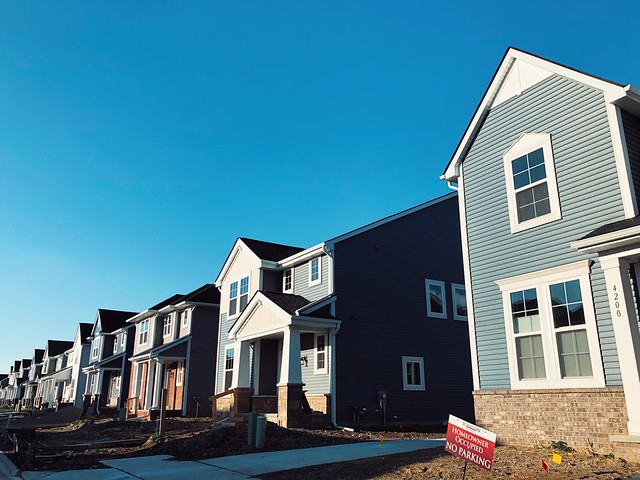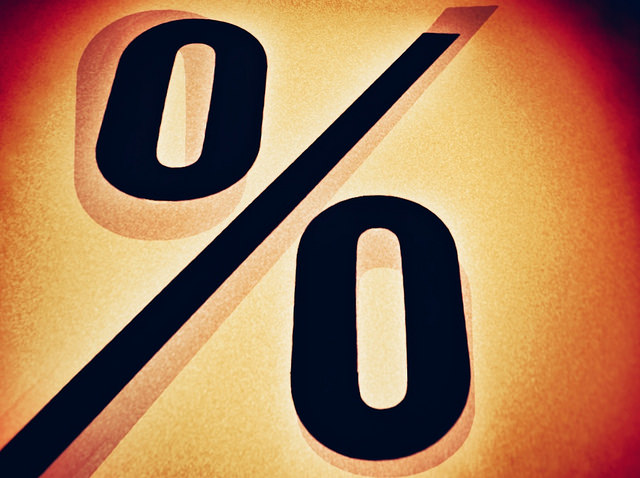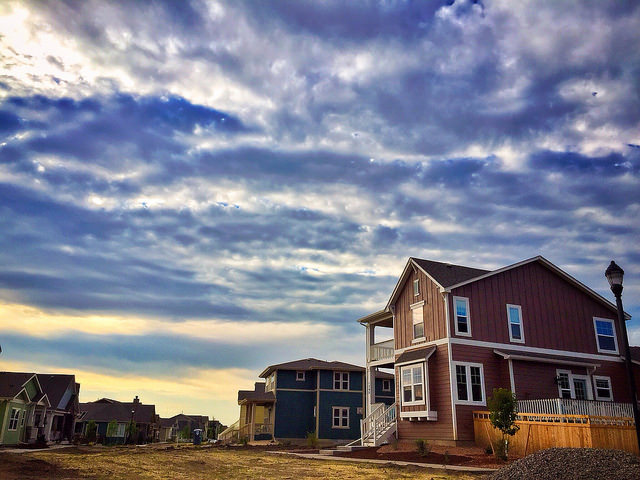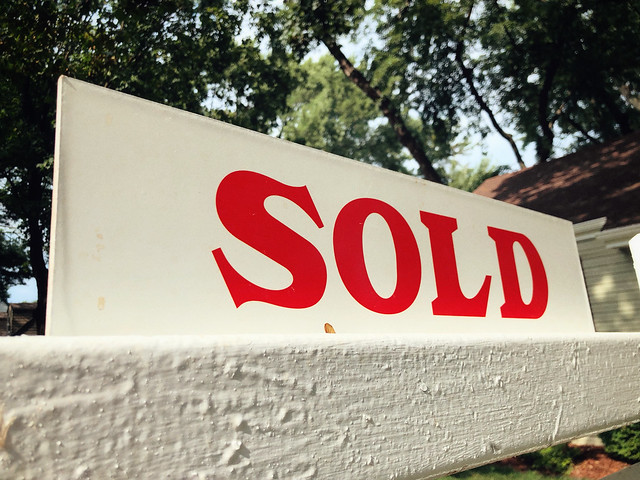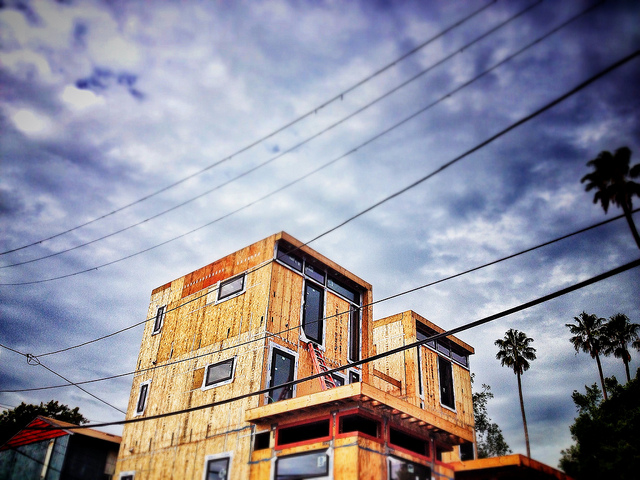Sales of newly built single-family homes are now 41.5 percent higher than they were last year at the same time, according to new numbers from the U.S. Census Bureau and the Department of Housing and Urban Development. The year-over-year improvement comes as sales reached an annual rate of 999,000 in October. Last October, the projected annual rate was 706,000. At the current sales pace, there is currently a 3.3-month supply of new homes available for sale. That’s good news for the housing market, and for potential home buyers. With demand for new homes surging and an available supply under four months, conditions are favorable for home builders. And when conditions are good for builders, more new homes get built. That means, more choices for buyers, moderating price increases, and less competition for available homes. Also in the report, the median sales price of new houses sold in October was $330,600. The average sales price was $386,200. (source)
